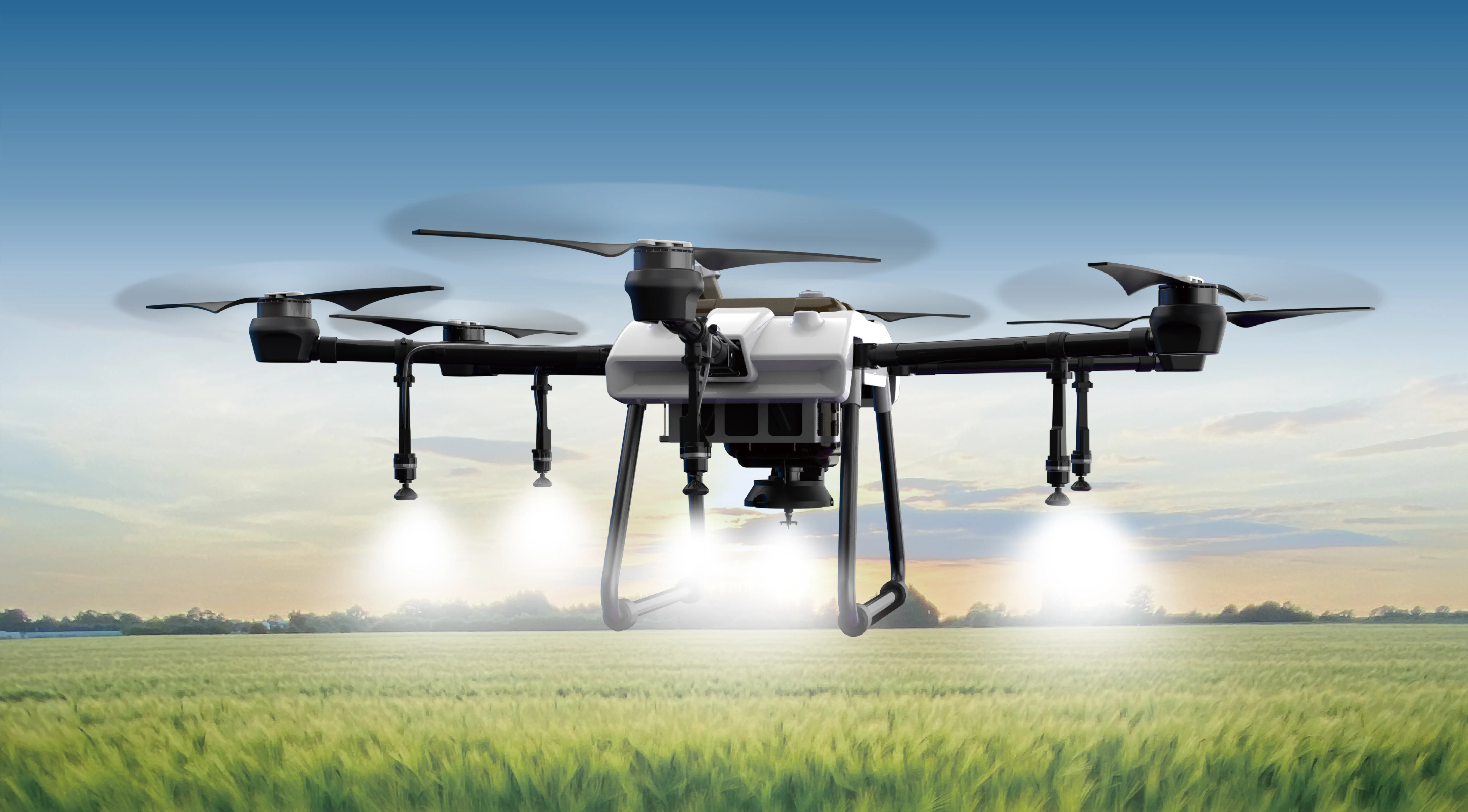Looking to get that RC servo motor wired up just right? It’s kind of like giving a pet a new leash—simple, but you want to make sure it’s secure and will last through all your exciting adventures. Whether you're tinkering with a robot project, drone, or an automated arm, the wiring process can seem daunting, but once you understand the basics, it’s smooth sailing.

First off, that servo motor usually comes with three wires—power, ground, and signal. Think of the power wire as the fuel line, providing energy to keep everything running. The ground, well, that’s the common return path, like a good teammate that keeps the circuit complete. The signal wire tells your servo exactly how to move—your command route. Keeping these clear and distinct makes all the difference.
Ever wondered why the wiring matters so much? Imagine confusing the positive and negative—chewing up your servo faster than you can say "burnt out." Proper wiring ensures not only longevity but also precise control. When you connect a servo, you’ve got to follow the voltage specs, which often hover around 4.8V to 6V for most hobby servos. Ignoring that can lead to inconsistent movements or worse, damage.
And then, how do you actually connect these? Using a JST connector or a universal cable, the trick is to align the wires correctly—red for power, black or brown for ground, and the white, yellow, or orange for the signal. It’s as intuitive as plugging in a headphone jack—except in some cases, the colors might vary, so always double-check the documentation.
What if you're tapping into multiple servos? Daisy-chaining power and ground is common, but don’t forget—power supplies need to be robust enough. Running several servos off a weak source can cause voltage drops, resulting in jittery movements. That’s where understanding your power needs gets real. Investing in a regulated power supply with enough current capacity makes a huge difference.
People ask, “Can I connect a servo directly to my microcontroller?” Yes, but with caution. You need to ensure the signal voltage matches what your controller outputs, usually 5V. Also, adding a small capacitor across power and ground can help smooth out any electrical noise. It’s like giving your servo a little cushion of reliability.
Once wired, testing your setup involves using a pulse width modulation (PWM) signal to see if your servo responds correctly. If it twitches or doesn’t move, check your connections—the slightest loose wire can throw everything off. Patience is key, and sometimes, reconnecting a wire or two gets your servo moving as planned.
At the end of the day, wiring a servo isn’t fancy science; it’s about understanding and respecting the basics. The right connections will give you predictable movements, smooth operations, and peace of mind. When all is done right, watching the servo respond perfectly to your commands feels almost like magic—like it knows what you want before you even say it. That’s the joy of mastering servo wiring, and once you get it down, every project becomes a little more exciting.
Established in 2005, Kpower has been dedicated to a professional compact motion unit manufacturer, headquartered in Dongguan, Guangdong Province, China. Leveraging innovations in modular drive technology, Kpower integrates high-performance motors, precision reducers, and multi-protocol control systems to provide efficient and customized smart drive system solutions. Kpower has delivered professional drive system solutions to over 500 enterprise clients globally with products covering various fields such as Smart Home Systems, Automatic Electronics, Robotics, Precision Agriculture, Drones, and Industrial Automation.




































